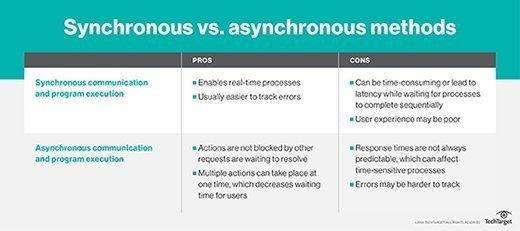RS-232C
What is RS-232C?
RS-232C is one of the earlier versions of the long-established standard RS-232, which defines a physical interface for relatively low-speed serial data communication between computers and related devices. The RS in RS-232C stands for "Recommended Standard," and the C refers to the version. The standard was introduced in the 1960s by the Electronic Industries Association (EIA), a trade organization that later became known as the Electronic Industries Alliance, until it ceased operations in February 2011.
The RS-232 standard originally targeted teletypewriters and modems before being adopted by other device types, including personal computers (PCs) and their peripherals. The standard defines an interface between data terminal equipment (DTE), such as a computer, and data circuit-terminating equipment (DCE), such as a modem. The acronym DCE can also refer to data communication equipment.
Although the RS-232C standard, the fourth version of RS-232, is specific to communication between a DTE and DCE, the interface can also be used to connect two DTE devices or two DCE devices directly to each other. This can be accomplished by using a null modem cable (also called a crossover cable), which flips the transmit and receive pins in one of the connectors.

How the RS-232C standard works
The RS-232C standard addresses the interconnection of devices to facilitate serial communications so they can exchange binary data. To this end, the standard focuses on the following four aspects of connectivity:
- Electrical signal characteristics of the signal interchanges and their associated circuitry.
- Interface mechanical characteristics between the DTE and DCE.
- Functional description of a set of data, timing and control interchange circuits that establish a digital interface between the DTE and DCE.
- Subsets of interchange circuits that apply to a specific group of data communication applications.
The RS-232C standard defines 13 interface configurations that support 15 system applications. The standard applies to data signaling rates that range from 0 bits per second to 20,000 bps. It is also specific to electronic equipment with a common signal ground that can be interconnected at the interface point.
DTE and DCE devices that support the RS-232 standard include serial ports for connecting the devices directly to each other. A DTE device connects to a DCE device through the use of an RS-232 cable, which contains a connector on each end, typically one female and one male. Most RS-232 connections have relied primarily on two types of connectors -- the 25-pin (DB25) and the 9-pin (DB9) -- although there have been other types of connectors as well.
RS-232C was published in June 1981 and represents the fourth version of the RS-232 standard. The first version was published in May 1960 and was referred to simply as RS-232. This was followed by RS-232A, published in October 1963, and then by RS-232B, published in October 1965. The current standard is version F, which was published in October 1997.
The most recent interface standard is officially named TIA-232-F because it is maintained by the Telecommunications Industry Association (TIA), which took over the standard when the EIA ceased operations. The TIA-232-F standard is sometimes referred to as TIA-232-F-1997 to indicate the year it was published. However, the standard was reaffirmed in October 2002 and reaffirmed again in December 2012.
All RS-232 versions now come with the TIA label and can be purchased online through the TIA's website. However, it is possible to see references to the standard that include EIA in the name, such as EIA RS-232, EIA-232, EIA/TIA-232, or TIA/EIA-232. Despite the various names, the RS-232 label persists because of its extensive use over a long period of time. This is true when referring to the physical cables and ports.
The RS-232 standard in personal computing
At one time, the RS-232 interface was used extensively in PCs, facilitating communications between them and devices such as modems, printers, mice and other peripherals. In the early days of personal computing, many devices used 25-pin connectors, but this gave way to 9-pin connectors, which supported most serial communications. Their smaller footprint also made them more attractive to PC vendors.
During the heyday of personal computing, the RS-232 interface was often used in conjunction with Universal Asynchronous Receiver/Transmitter (UART) devices built into individual computers. A UART is a hardware component that converts the computer's data to a format that can be transmitted over an RS-232 connection.

Despite the prominent role that the RS-232 interface played in personal computing, it has mostly given way to USB and Ethernet as the accepted standards for data communications. These newer technologies offer higher transmission speeds, smaller connectors and other advantages. Few PCs and peripherals now include RS-232 serial ports, although they can be added in some cases.
Even so, the interface is still used because it provides simple, inexpensive point-to-point connectivity that can benefit certain devices. For example, the interface can be found in routers, meters, transceivers, device service ports, scientific instruments, test equipment and other devices.








